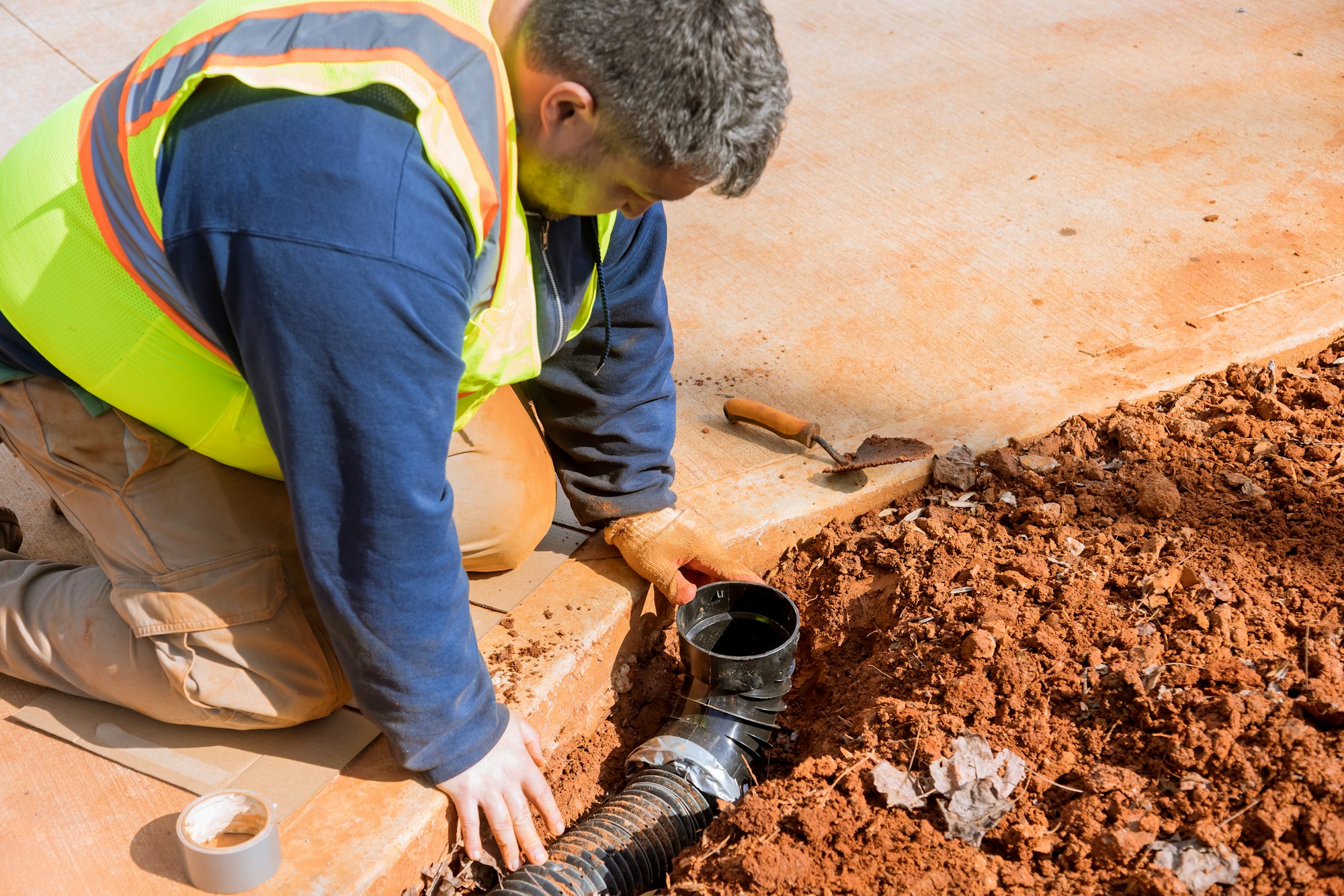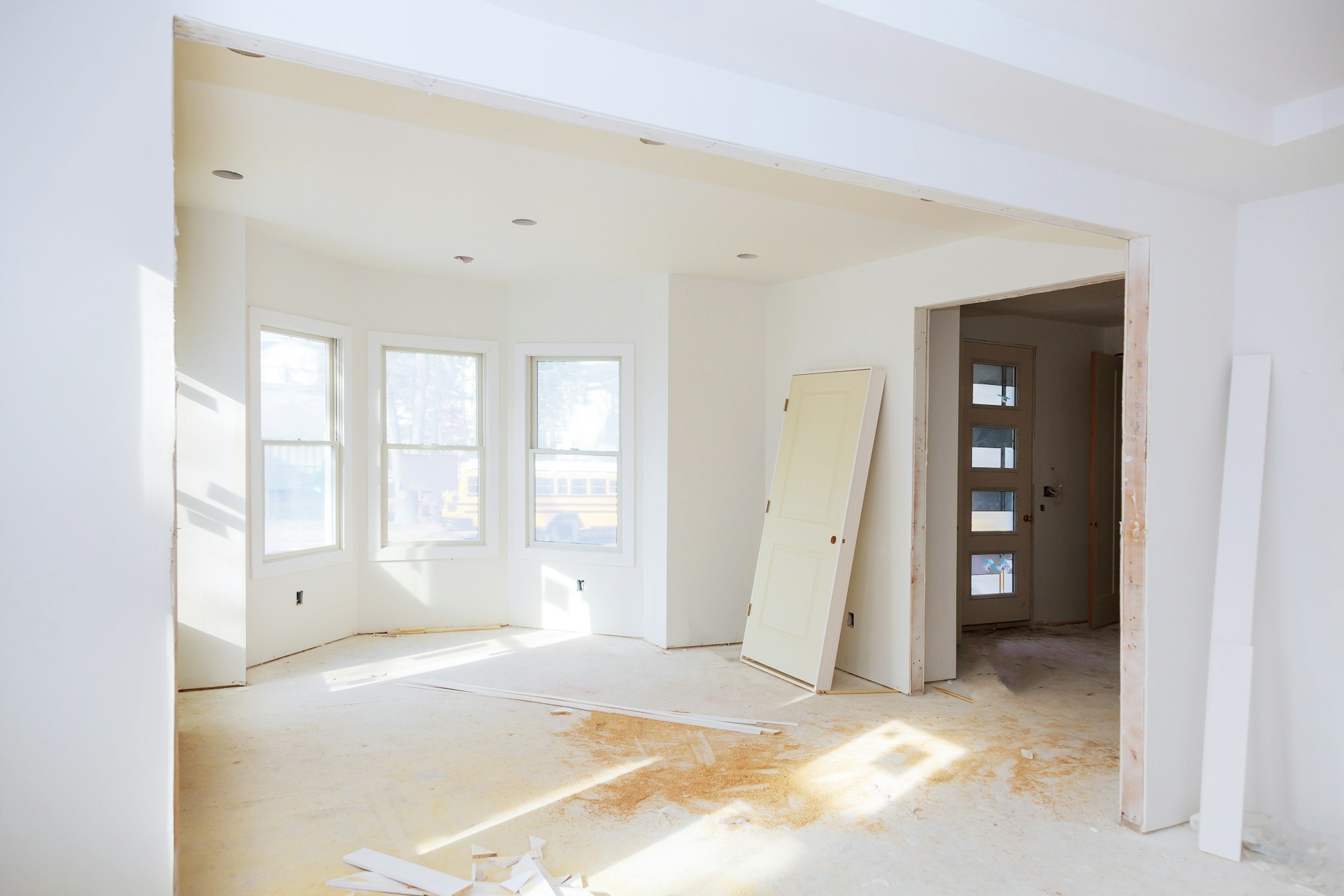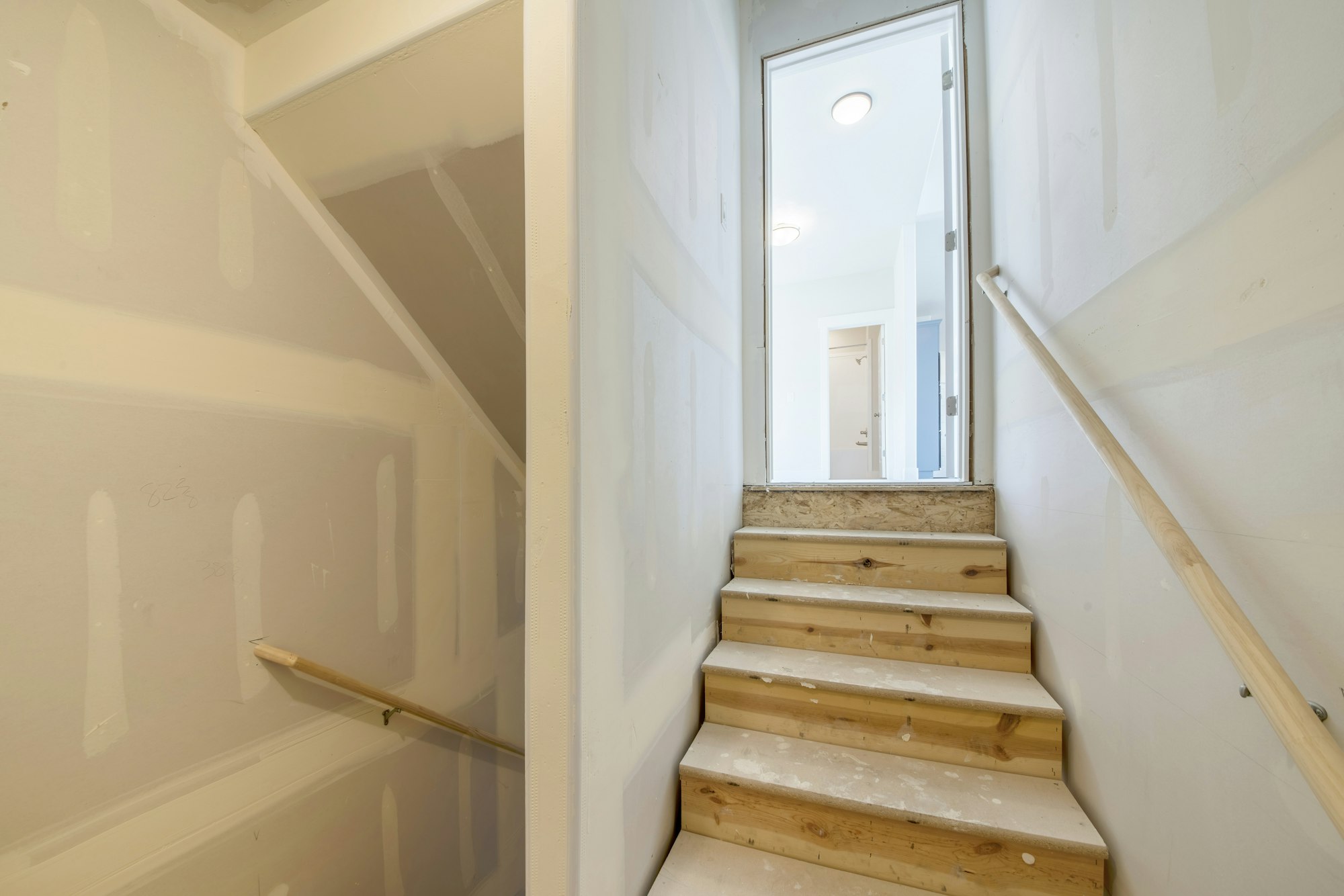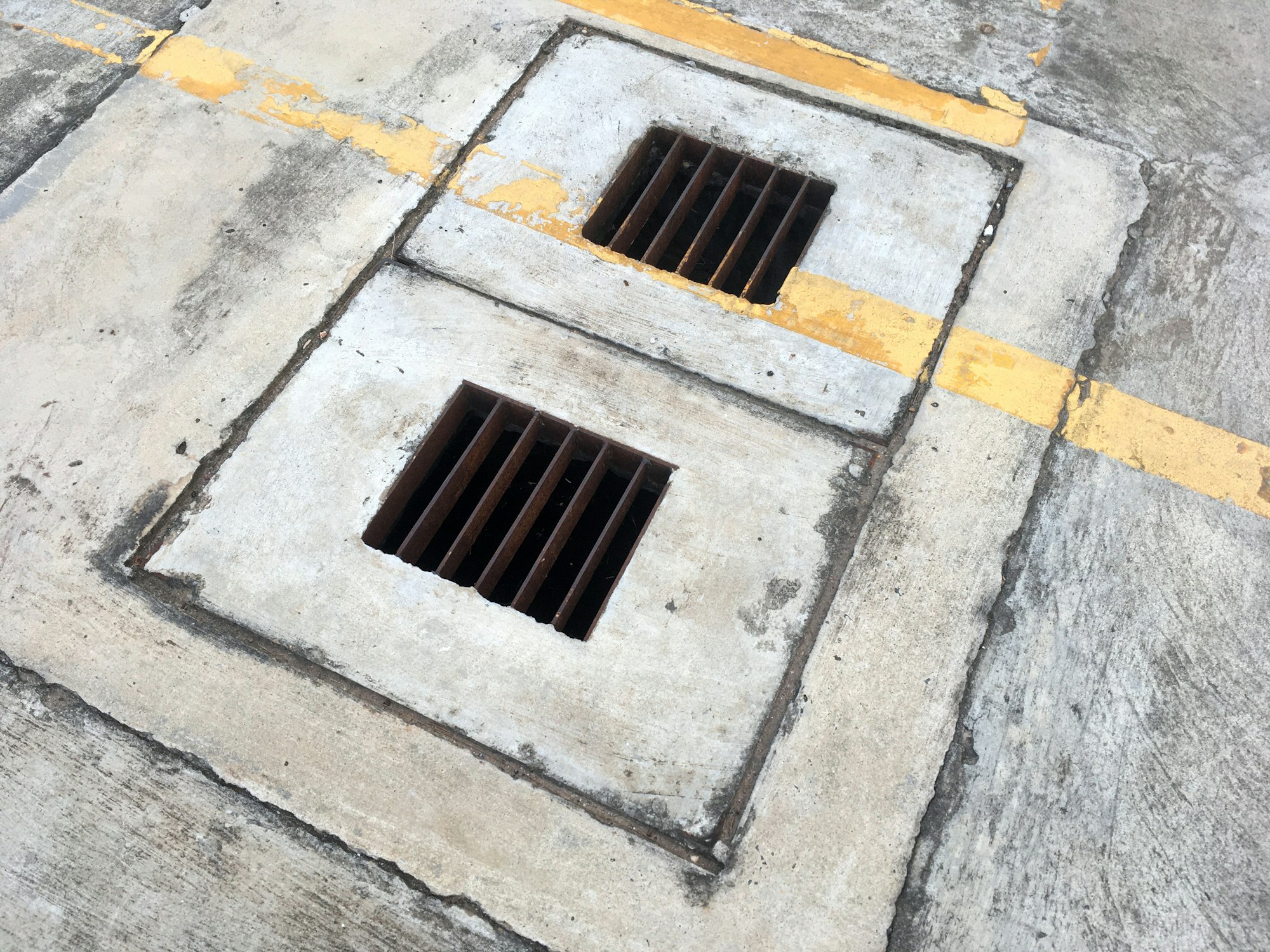Going Green: The Ultimate Guide to Sustainable Building Materials
The world is constantly evolving, and the demand for sustainable building materials is increasing. Sustainable building materials are eco-friendly, energy-efficient, and durable, and they are crucial for building environmentally friendly structures. Sustainable building materials can help cut down on the construction industry’s contribution to global carbon emissions. In this article, we will discuss sustainable building materials, their benefits, and how they contribute to sustainable development.
What are Sustainable Building Materials?
Sustainable building materials are those that have a minimal environmental impact and contribute to the sustainable development of the built environment. These materials are usually sourced, processed, and transported in an environmentally responsible way. Sustainable building materials are designed to be durable, energy-efficient, and reusable or recyclable at the end of their useful life.
Benefits of Sustainable Building Materials
Sustainable building materials offer many benefits, including the following:
- Energy efficiency: The energy needed to heat and cool a building can be decreased by using sustainable construction materials because of their efficiency. This has the potential to reduce energy consumption and costs, as well as carbon emissions.
- Durability: Sustainable building materials are designed to last longer than traditional ones. They are often made from high-quality materials that are resistant to wear and tear, which means they require less maintenance over their lifetime.
- Environmental impact: Sustainable building materials have a lower environmental impact than traditional building materials. They are often made from renewable or recycled materials, which means they use fewer natural resources and produce less waste.
- Health benefits: Sustainable building materials can improve the indoor air quality of a building. They are often made from non-toxic materials that do not emit harmful chemicals or fumes.
Types of Sustainable Building Materials
- Bamboo: Bamboo is a great sustainable alternative to wood and other conventional building materials because of its rapid growth rate. It is strong, durable, and can be used for a variety of building applications, including flooring, walls, and roofing.
- Recycled steel: Recycled steel is an excellent sustainable building material that is both strong and durable. Its common use in creating tall structures is matched by its eventual recyclable status.
- Straw bale: Straw bale construction is an eco-friendly building method that uses straw bales as the primary building material. Straw bales are excellent insulators and are resistant to fire, pests, and decay.
- Rammed earth: Rammed earth construction is a sustainable building method that uses a mixture of soil, sand, and gravel to create strong and durable walls. Rammed earth walls are excellent insulators and can help regulate the temperature inside a building.
- Hempcrete: A sustainable building material, hempcrete is formed by combining the woody hemp plant core with lime and water. It is lightweight, durable, and has excellent insulation properties.
- Cork: Cork is a renewable resource that is often used as an eco-friendly alternative to traditional flooring materials. It is durable, comfortable to walk on, and has excellent insulation properties.
- Recycled plastic: Recycled plastic can be used as a sustainable building material for a variety of applications, including roofing, flooring, and insulation. Since it’s usually made from recycled bottles, it’s a fantastic option for anyone looking to reduce their plastic usage.
Sustainable Building Design
The sustainable building design is a holistic approach to building design that takes into account the environmental, economic, and social impacts of a building. Sustainable building design aims to minimize the environmental impact of a building, reduce its carbon footprint, and improve the health and well-being of its occupants.
Sustainable building design principles include the following:
- Energy efficiency: Sustainable building design prioritizes energy efficiency, which means designing buildings that require less energy to heat and cool. Sustainable materials and careful attention to the building’s layout—including proper insulation, ventilation, and lighting—can help accomplish this goal.
- Water efficiency: Sustainable building design aims to reduce water consumption by using water-efficient fixtures, rainwater harvesting systems, and greywater recycling systems.
- Material efficiency: When designing a structure, it’s important to utilize sustainable materials that won’t deplete the environment’s natural resources and can be recycled or reused after their initial purpose has been served.
- Indoor environmental quality: Sustainable building design prioritizes the health and well-being of building occupants by ensuring good indoor air quality, natural lighting, and adequate ventilation.
- Site selection and planning: Sustainable building design considers the site and its surroundings, including access to public transportation, walkability, and the use of green space.
- Sustainable Building Certification
Sustainable building certification is a process by which buildings are evaluated based on their environmental, economic, and social sustainability. Green Star, the Leadership in Energy and Environmental Design (LEED), and the Building Research Establishment Environmental Assessment Method (BREEAM) are just a few of the available certification schemes. These certification systems evaluate buildings based on their energy efficiency, water efficiency, material efficiency, indoor environmental quality, and site selection and planning.
LEED certification, for example, is widely recognized as the world’s leading sustainable building certification system. It evaluates buildings on a point-based system, with points awarded for achieving certain sustainability goals. The higher the number of points a building achieves, the higher the certification level it receives. The certification levels include Certified, Silver, Gold, and Platinum.
Conclusion
Sustainable building materials are essential for building environmentally friendly structures that contribute to sustainable development. They offer many benefits, including energy efficiency, durability, and a lower environmental impact. There are several types of sustainable building materials, including bamboo, recycled steel, straw bale, rammed earth, hempcrete, cork, and recycled plastic. The sustainable building design is a holistic approach to building design that takes into account the environmental, economic, and social impacts of a building. Finally, sustainable building certification systems, such as LEED and BREEAM, provide a way to evaluate buildings based on their sustainability and encourage adopting sustainable building practices.
Looking for a personalized quote? Look no further than Contractor Home Quotes! Visit us at Contractor Home Quotes to get started.
FAQS
What are sustainable building materials?
Sustainable building materials are environmentally responsible, have a low environmental impact, and are sustainable over their entire life cycle.
Why is using sustainable building materials important?
Using sustainable building materials is important because it helps reduce the negative impact of building construction on the environment, reduces waste, and promotes a healthier indoor environment for building occupants.
What are some examples of sustainable building materials?
Some examples of sustainable building materials include bamboo, recycled steel, straw bale, rammed earth, hempcrete, cork, and recycled plastic.
How do sustainable building materials reduce the environmental impact of building construction?
Sustainable building materials reduce the environmental impact of building construction by reducing waste, using renewable resources, and minimizing energy consumption during manufacturing.
Are sustainable building materials more expensive than traditional building materials?
In some cases, sustainable building materials may be more expensive than traditional ones. However, the long-term benefits of using sustainable building materials, such as lower energy costs and reduced maintenance, often offset the initial cost.
Can sustainable building materials be used in all types of building construction?
Yes, sustainable building materials can be used in all types of building construction, including residential, commercial, and industrial buildings.
How do sustainable building materials contribute to a healthier indoor environment for building occupants?
Sustainable building materials contribute to a healthier indoor environment for building occupants by reducing indoor air pollution, improving indoor air quality, and minimizing exposure to harmful chemicals.
What is the lifespan of sustainable building materials?
The lifespan of sustainable building materials varies depending on the type of material and its intended use. However, sustainable building materials are typically durable and have a longer lifespan than traditional building materials.
How can I find sustainable building materials for my construction project?
Several resources are available for finding sustainable building materials, including online directories, local building supply stores, and green building organizations.
Are there any certification programs for sustainable building materials?
Yes, there are several certification programs for sustainable building materials, including the Forest Stewardship Council (FSC) and the Cradle to Cradle Certified Products Program. These programs certify materials based on their environmental impact and sustainability.








